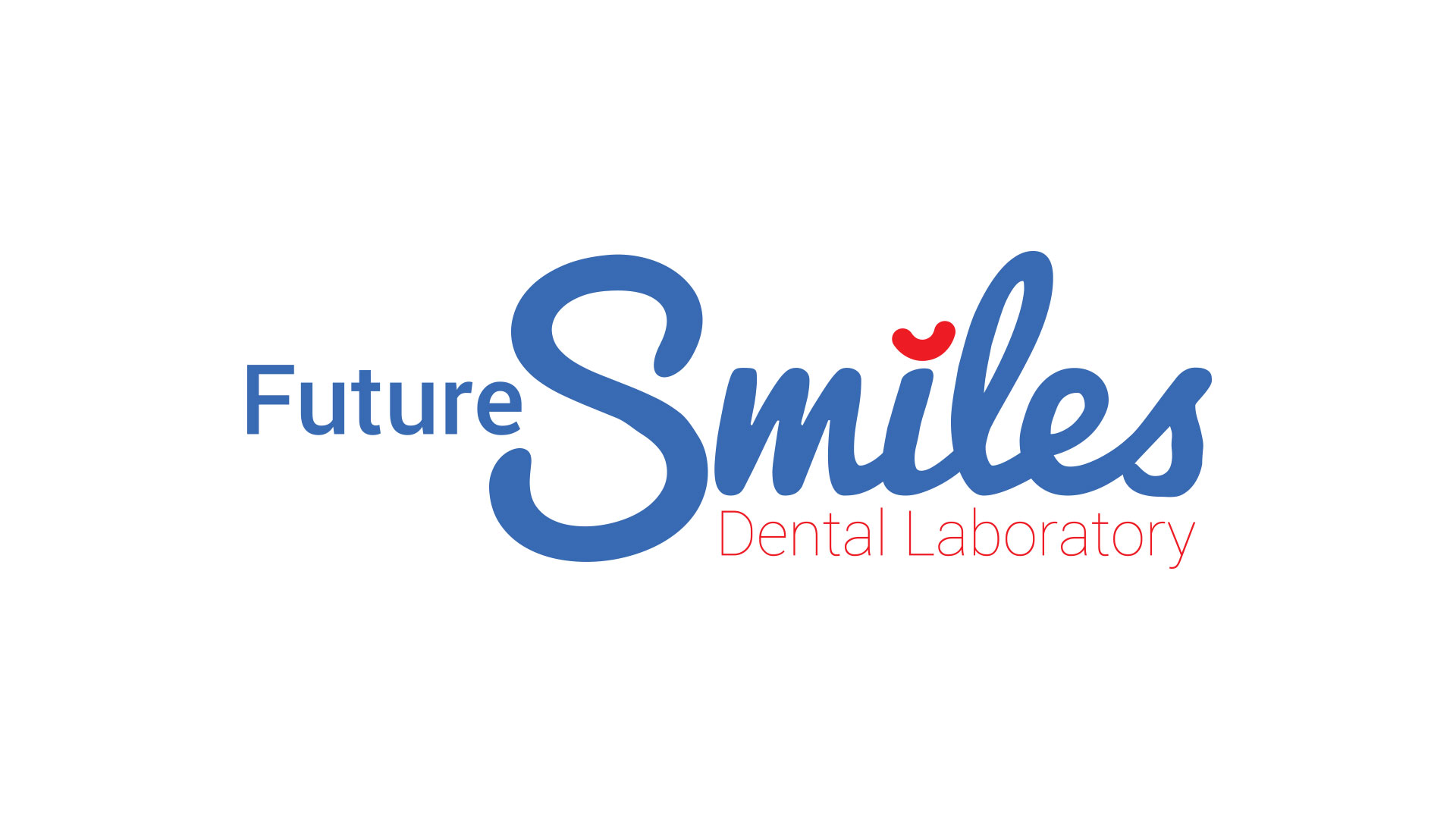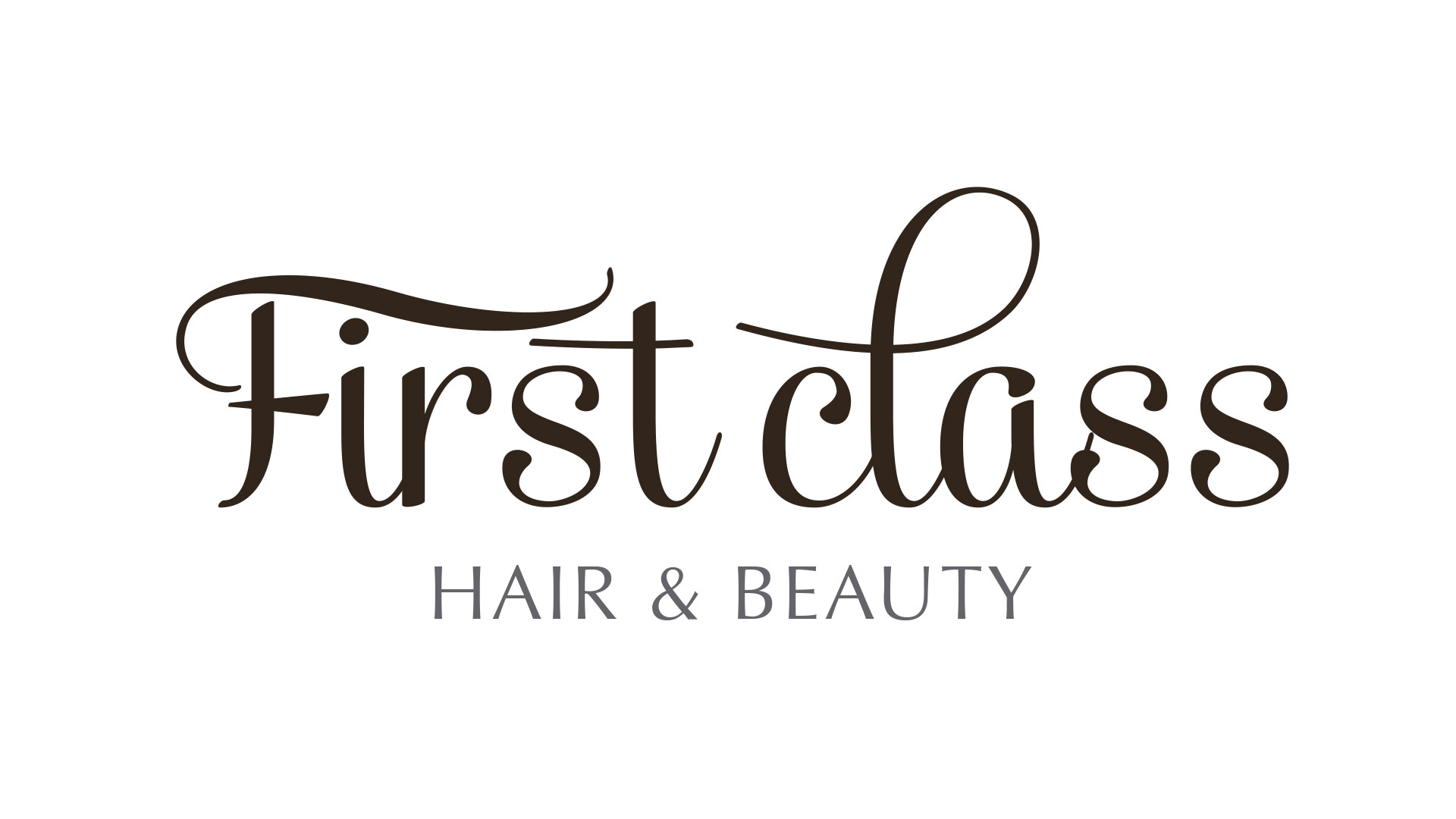Fonts & Feelings
26th February 2018
Posted By: Chantelle Mills
What does your font say about you?
When talking type we often get asked, “what’s the difference between a font and a typeface?” Although the two terms are often used interchangeably, there are design geeks like us everywhere that know the difference between the two.
A typeface is a particular design of type and a font is one particular weight and style of that typeface. Still confused? The typeface is the family often referred to as the “font family” and the font is the variations of the family i.e. light, regular, bold, italic, condensed etc.
Does it matter if you confuse the terms? Not really, when talking to designers they will understand what you mean. We highly doubt designers around the world would be in uproar and hold you accountable for incorrect usage.
Now the terms are sorted, how much thought have you given to your company typefaces? Have you ever thought that the type of font you choose to represent your business could convey your message in a certain light? Many people are aware of colour psychology, colours have feelings and associations attached to them, the same rules apply with typefaces and fonts.
There’s a big wide type world out there and this post scratches the surface. When we start creating a logo or look at brand typefaces; serif, sans serif and script are the first typefaces that always spring to mind.
Serif
It has been said that serif fonts date back all the way back to ancient Roman times. You can identify these fonts by the small lines known as serifs at the end of the letters. We’re going to put our necks on the line and think it’s safe to say that thanks to software such as Microsoft Word, Times New Roman is the most well known serif font.
Serif fonts are traditional, respectable, reliable, and reputable which all help establish authority. Companies that use serif fonts include HSBC, Wikipedia and Sony.
Sans Serif
It was the late 19th century when type designers deliberately decided to design typefaces without serifs.[1] The term ‘sans serif’ derives from the French language and means ‘without serif’. William Caslon created the first sans serif typeface, one size (28 point) and this was only in capitals. He called it “English Egyptian”.[2]
Sans Serif fonts are clean, minimalistic and modern. Plenty of well-known corporations from a variety of sectors now use sans serif fonts. YouTube, Subway, Chanel, FedEx and Google are a few of many.
Script
Script fonts are fluid with a personal feel, like handwriting and calligraphy. They come in all shapes and sizes and carry a wide variety of moods, from formal to casual.
Script fonts are definitely growing in popularity; we have noticed a higher number of people wanting brush script logos over the past two years. When choosing a script font we advise you to look at the font carefully. Be sure to type out words in both lowercase and caps to check the typeface’s legibility.
Formal scripts are often used for invitations and announcements where their elegant feel sets a sophisticated tone. They are also used for headlines and occasional words within design. In most circumstances we advise not to use formal scripts for large amounts of body copy because it becomes difficult to read. Using scripts all set in caps is also something we would avoid as the letters are normally set to work well with lowercase letters. With all this being said when used properly, script fonts can be the perfect touch to a project.
Overall script fonts are used to express emotions and creativity. Coca-Cola, Ford, Kellogg’s and Instagram all use script.
Mind blown? We were just getting started! There’s spacing, font combinations and font colours that all affect your font feelings but we’ll stop here for now. Until the next time… Think type!
[1] Designhistory.com 2011. Sans Serif Faces. [online] Available at http://www.designhistory.org/Type_milestones_pages/SansSerif.html. [Accessed 14 February 2018]
[2] Linotype.com 2018. The Sans Serif Typefaces. [online] Available at: https://www.linotype.com/795/the-sans-serif-typefaces.html. [Accessed 14 February 2018].







